Optimal Timing for Water Treatments
Water treatments are essential for maintaining water quality and ensuring the longevity of plumbing systems. Proper timing of treatments can improve effectiveness, prevent buildup, and address specific water quality issues. Understanding the best times to perform these treatments helps optimize results and maintain water system efficiency.
Spring and fall are ideal for comprehensive water system assessments and treatments, aligning with seasonal water usage changes.
Perform treatments before peak usage periods to prevent issues caused by increased water demand and usage.
Schedule treatments after repairs or system upgrades to ensure optimal water quality and system performance.
Treat water when tests indicate increased levels of contaminants or mineral buildup, typically during periods of noticeable change.
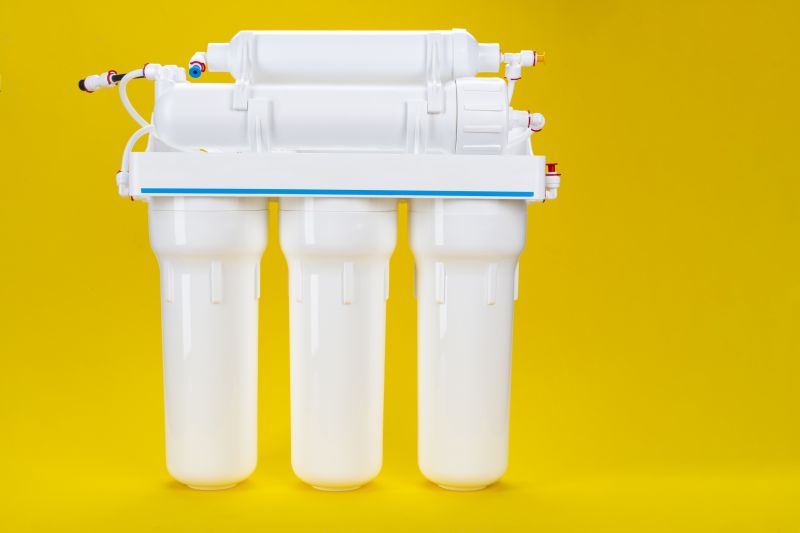
A water filtration system in operation, demonstrating treatment process.

Tools used for analyzing water quality before treatment.

Clean, treated water ready for use.
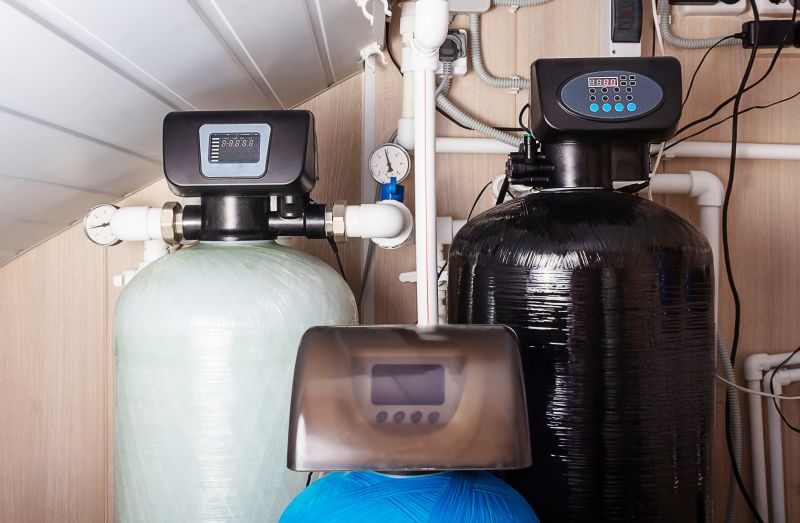
Ways to make Water Treatments work in tight or awkward layouts.
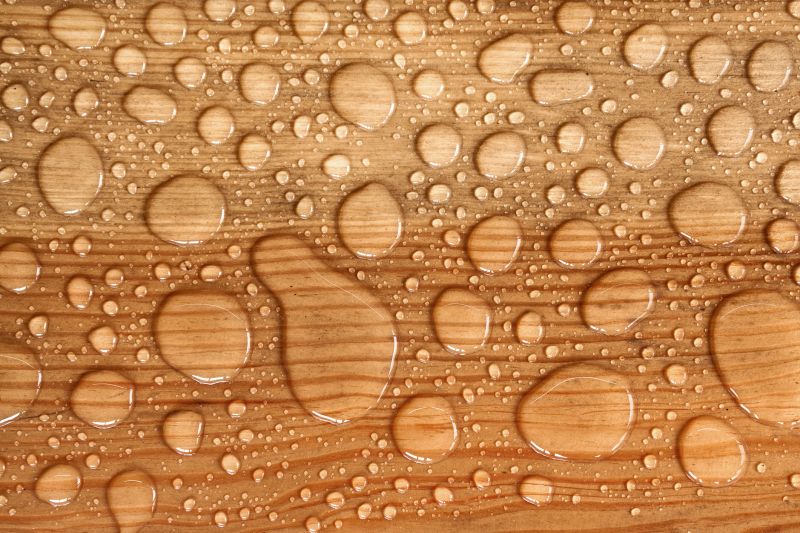
Popular materials for Water Treatments and why they hold up over time.
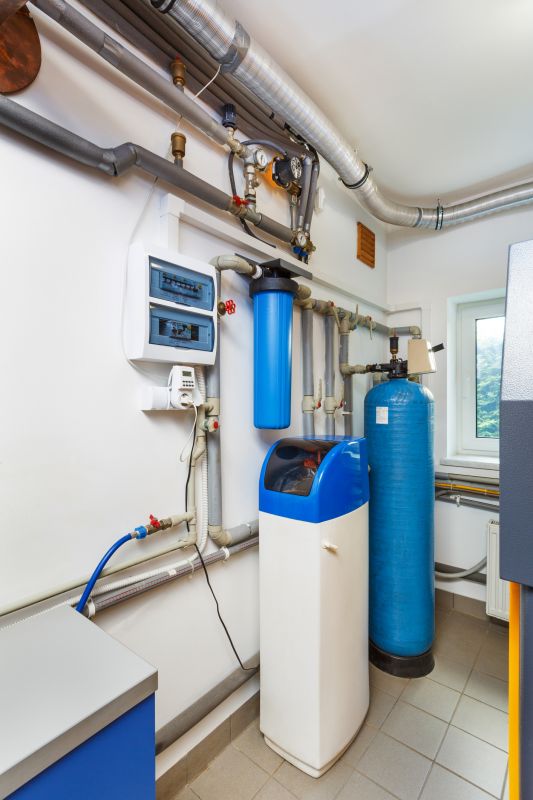
Simple add-ons that improve Water Treatments without blowing the budget.
| Timing Aspect | Details |
|---|---|
| Spring Treatments | Prepare for increased outdoor water use and prevent mineral buildup. |
| Fall Treatments | Address accumulated sediments and prepare for lower winter usage. |
| Post-Maintenance | Ensure water quality after repairs or upgrades. |
| High Contaminant Levels | Treat when testing indicates elevated contaminants. |
| Pre-Activity | Condition water before irrigation or recreational use. |
| Seasonal Changes | Adjust treatments based on seasonal water quality fluctuations. |
| Water System Upgrades | Schedule after installing new equipment or piping. |
Water treatments involve processes such as filtration, chemical dosing, and mineral removal to improve water quality. Proper timing ensures these processes are most effective, reducing issues like scaling, corrosion, and microbial growth. Regular assessments and timely interventions help maintain water system integrity and ensure safe, clean water for various needs.
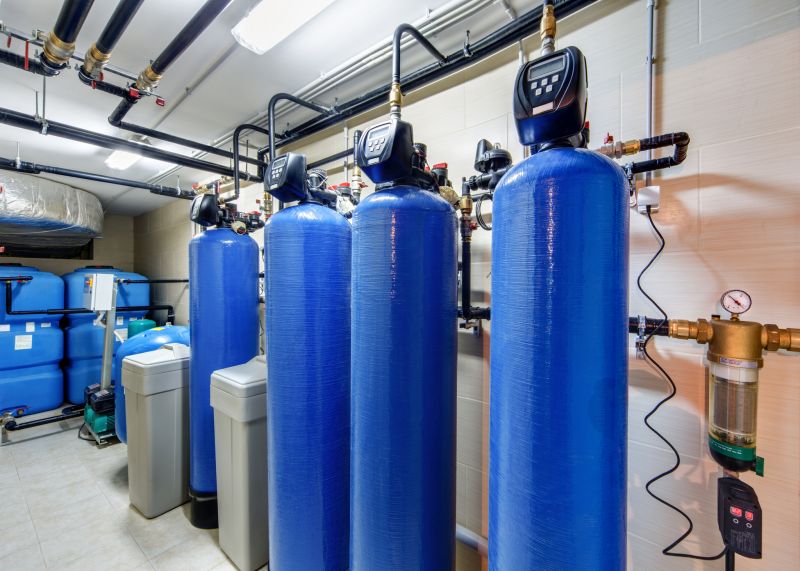
A facility performing large-scale water treatment processes.
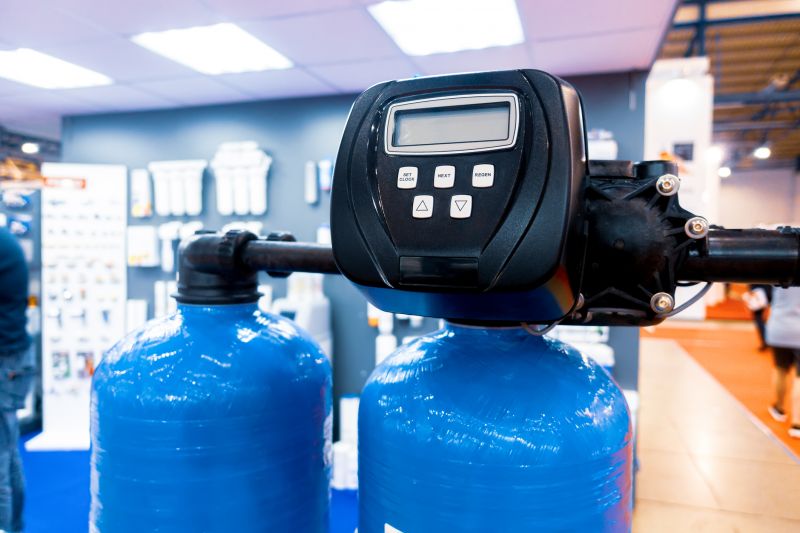
Automated system adding treatment chemicals to water.
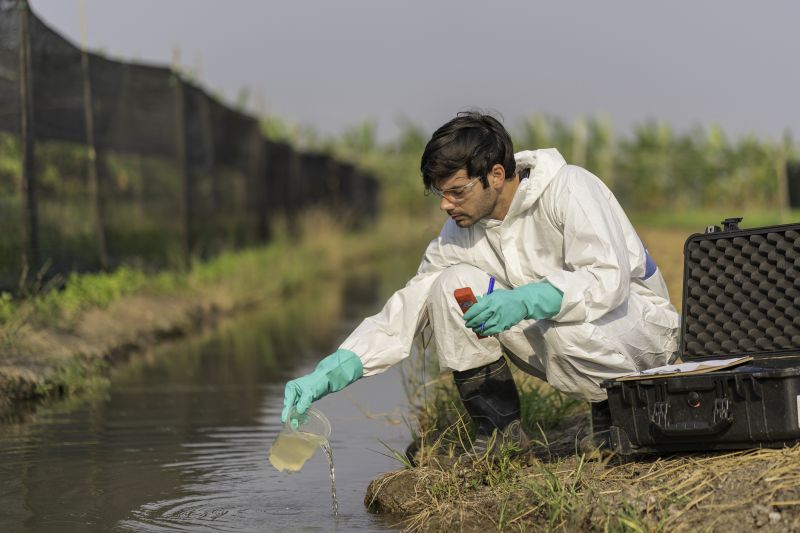
Technician analyzing water samples in a lab setting.
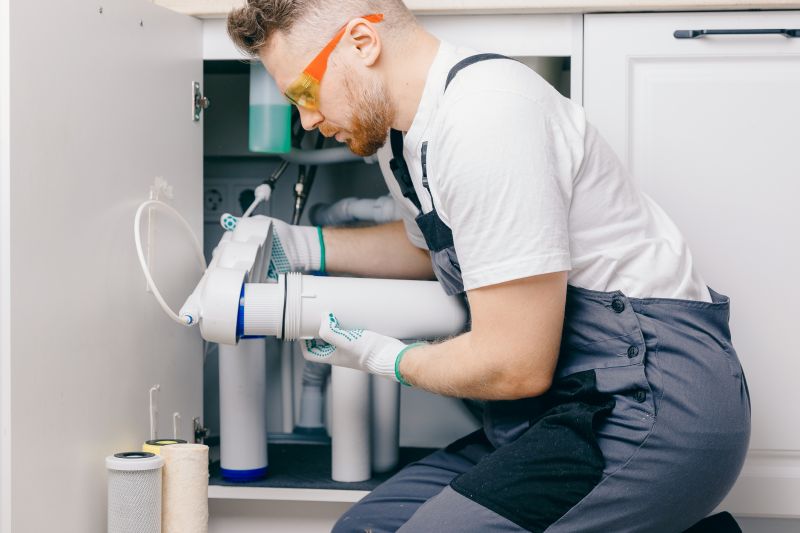
Clean water exiting a treatment system.

High-end options that actually feel worth it for Water Treatments.
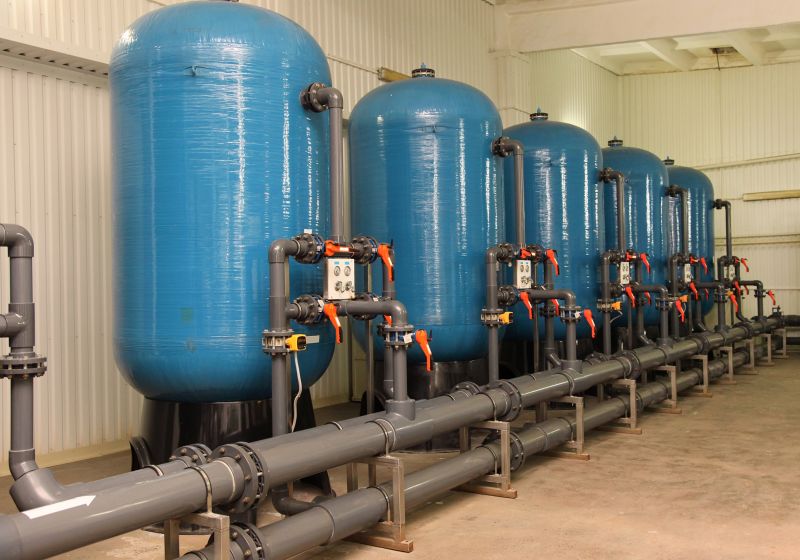
Finishes and colors that play nicely with Water Treatments.
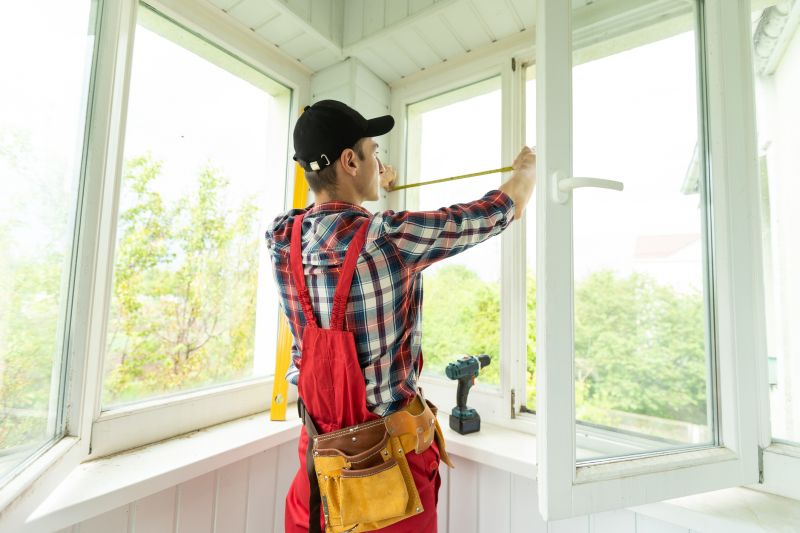
Little measurements that prevent headaches on Water Treatments day.
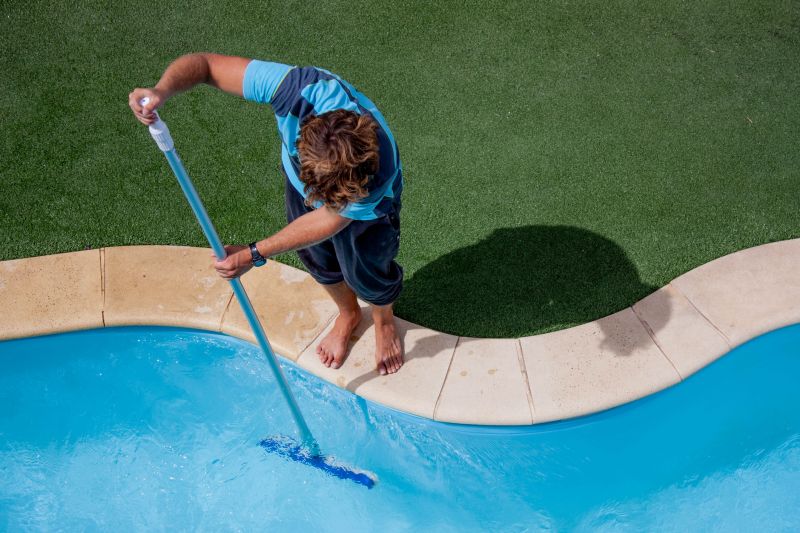
A 60-second routine that keeps Water Treatments looking new.
Scheduling water treatments at appropriate times enhances water quality management. Regular monitoring and timely interventions prevent costly repairs and ensure compliance with water standards. Understanding seasonal and usage-related factors aids in planning effective treatment cycles.
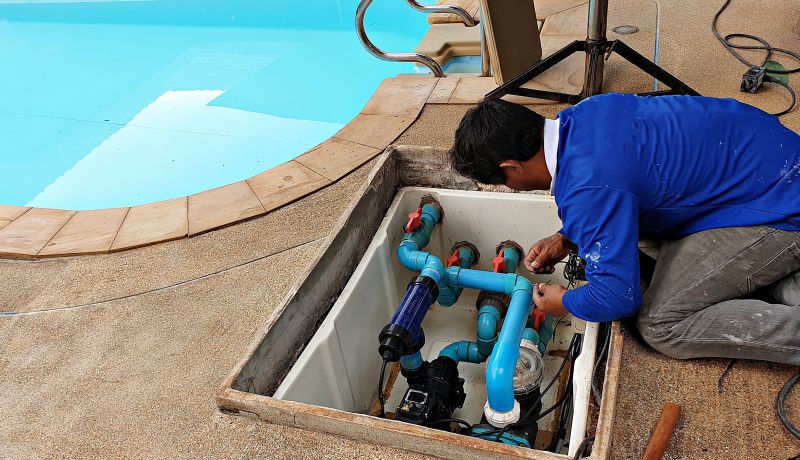
Technician performing maintenance on a filtration system.
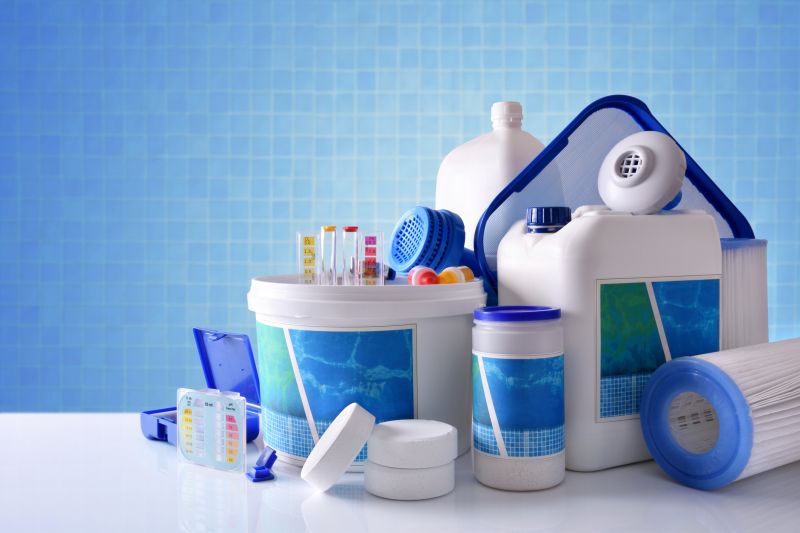
Samples being analyzed for contaminants.
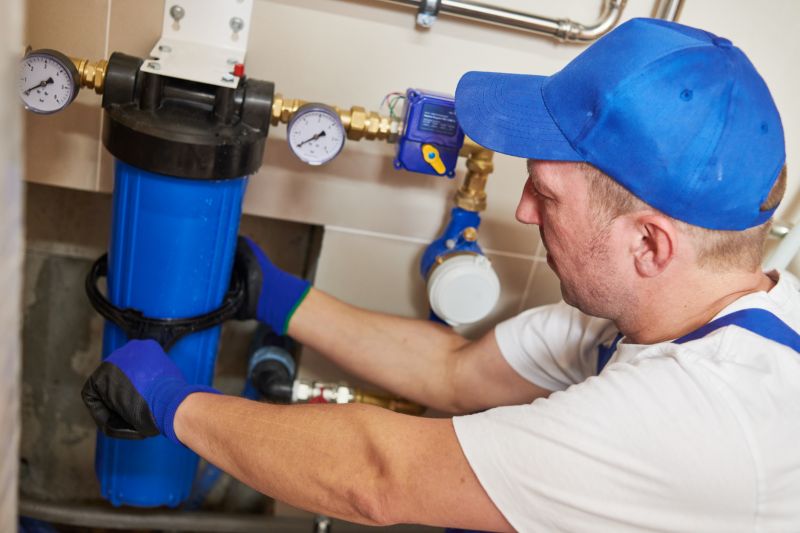
Technicians installing new treatment units.

A tank holding treated water ready for distribution.
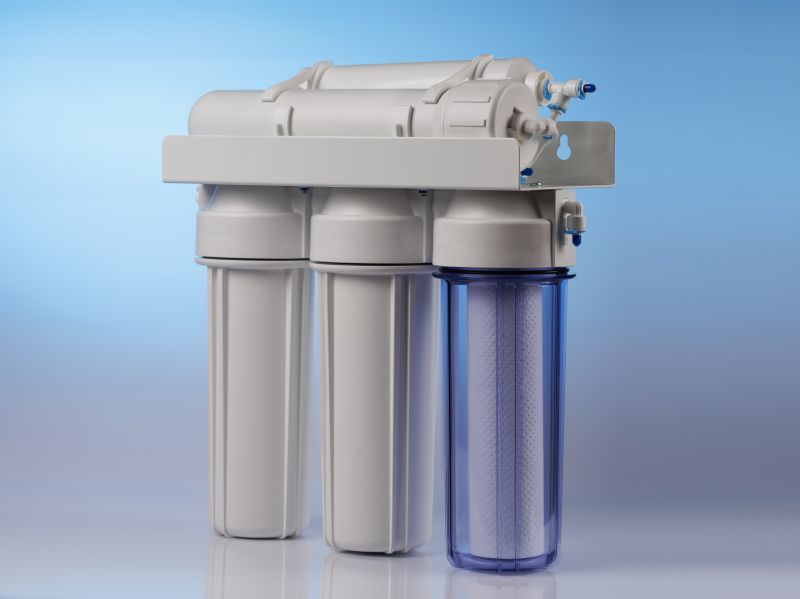
A frequent mistake in Water Treatments and how to dodge it.
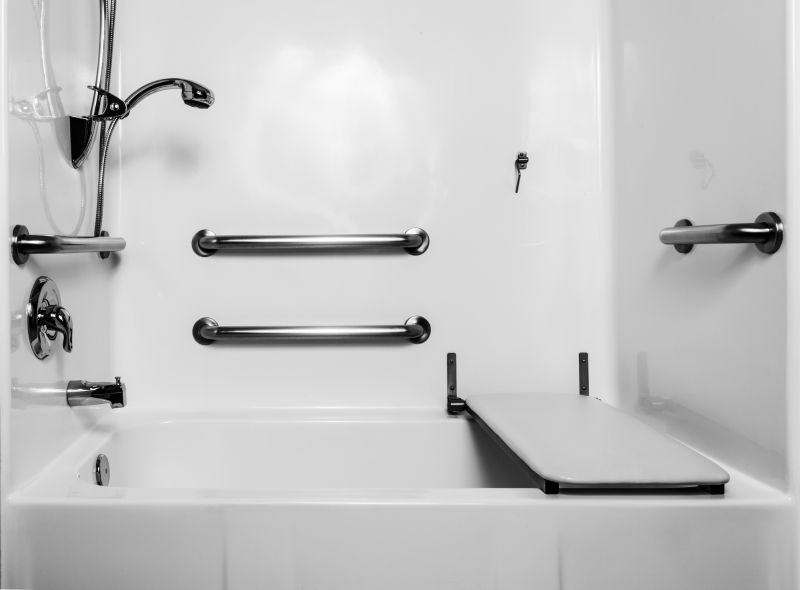
Small tweaks to make Water Treatments safer and easier to use.

Lower-waste or water-saving choices for Water Treatments.

The short, realistic tool list for quality Water Treatments.
If interested in scheduling water treatments or learning more about optimal timing, filling out the contact form can provide tailored recommendations. Proper timing and regular assessments help ensure water quality and system performance are maintained effectively.


